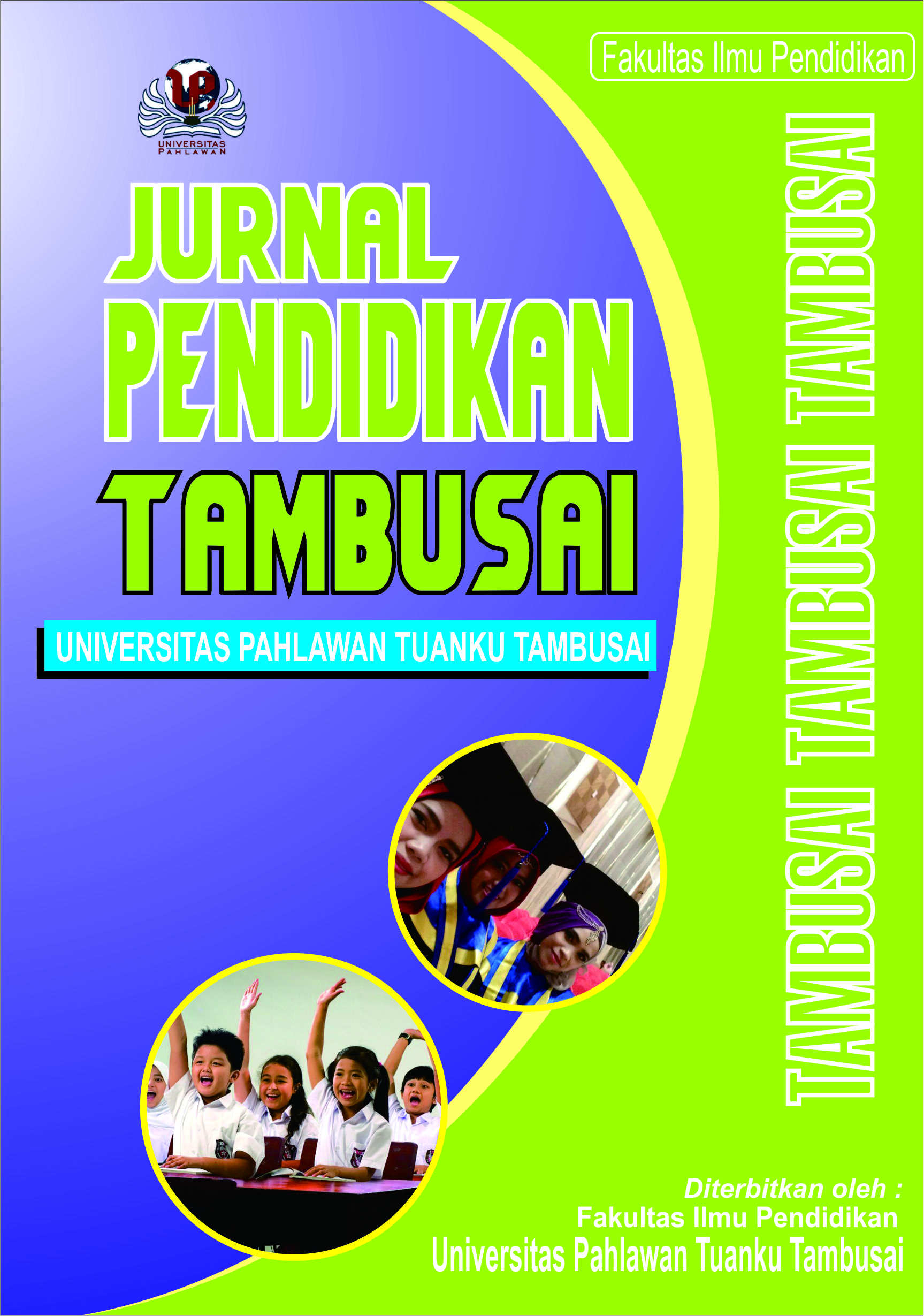Edutourism Museum Subak Tabanan sebagai Upaya Peningkatan Pemahaman Wisata Minat Khusus bagi Wisatawan
DOI:
https://doi.org/10.31004/jptam.v7i3.11803Keywords:
Museum Subak Tabanan, Edutourism, Potensi, Strategi, KeberlanjutanAbstract
References
Arif, Muhamad dan Syam, Alexander. 2017. Strategi Pengembangan Objek Wisata Pantai Sumedang di Kecamatan Ranah Pesisir Kabupaten Pesisir Selatan. Pesisir Selatan.
Bali Glory.2016. Museum Subak: Koleksi Pertanian & Irigasi Tradisional Bali.di http://www.id.baliglory.com/2016/04/subak-museum-bali.html (diakses 27 Nov.2020).
Direktorat Museum. 2008. Pedoman Museum Indonesia. Direktorat Museum, Direktorat Jendral Sejarah dan Purbakala. Jakarta: Departemen Kebudayaan dan Pariwisata.
Direktorat Museum. 2009. Ayo Kita Mengenal Museum. Jakarta: Departemen BUDPAR. Durovic, M., Lovrentjev, S. 2014. Indicators of Sustainability in Cultural Tourism. Multidisciplinary Journal of Macro Trends.
Ismagilova, G., Safiullin, L., Gafurof, I. 2015. Using Historical Heritage as a Factor in Tourism Development. Procidia-Social and Behavioral Sciences.
KBBI. 2021. Pengertian Budaya. https://kbbi.web.id/budaya (diakses 28 Agustus 2023).
KBBI. 2021. Pengertian Museum. https://kbbi.web.id/museum (diakses 24 Agustus 2023).
Keputusan Bupati Kepala Daerah Tk II Tabanan Nomor 470 Tahun 1998 tentang Penetapan Obyek dan Daya Tarik Wisata di Kabupaten Daerah Tk II Tabanan.
Meyers, Koen. 2009. Pengertian Pariwisata. Jakarta: Unesco Office. Mulyadi, A.J.2009.Kepariwisataan dan Perjalanan. Jakarta: Raja Grafindo.
Peraturan Pemerintah, No 19. 1995. Peraturan Pemerintah (PP) tentang Pemeliharaan Dan Pemanfaatan Benda Cagar Budaya di Museum. Jakarta.
Peraturan Daerah Provinsi Bali Nomor 2 Tahun 2012 tentang kepariwisataan budaya Bali.
Pradita, Hana. 2019. Strategi Pengembangan Museum Benteng Vredburg Yogyakarta sebagai Media Komunikasi Pendidikan. Yogyakarta: Universitas Ahmad Dahlan.
Rangkuti, Freddy. 2004, Analisis SWOT Teknik Membedah Kasus Bisnis, Jakarta: PT. Gramedia.
Sugima, A Gima. 2011. Ecotorism: Pengembangan Pariwisata Berbasis Konversi Alam. Bandung: Guardaya Intimarta.
Undang-Undang Nomor 10 Tahun 2009 Tentang Kepariwisataan.
Undang-Undang Nomor 23 Tahun 2014 Tentang Pemerintahan Daerah. Wijaya, Indra, Perilaku Organisasi. Bandung: Sinar Baru
Referensi: Conte, A., Grunhagen, M., & Prebensen, N. (2018). Tourist motivations: An appraisal. In Tourist Experience and Fulfilment (pp. 3-16). Channel View Publications.
Yoon, Y., & Uysal, M. (2005). An examination of the effects of motivation and satisfaction on destination loyalty: a structural model. Tourism Management, 26(1), 45-56.
Wang, D., & Fesenmaier, D. R. (2003). Assessing destination competitiveness: An application to the US ski resort industry. Tourism Management, 24(4), 367-377.
Getz, D. (2018). Event studies: Theory, research, and policy for planned events. Routledge.
Kim, W. G., Park, J., & Jeong, M. (2017). The effects of perceived authenticity, perception of community support, and prior experience on revisit intention in cultural heritage tourism. Sustainability, 9(4), 647.
Poria, Y., Butler, R., & Airey, D. (2003). Tourist perceptions of the environmental impacts of tourism in Australian destinations: A postmodern perspective. Journal of Tourism Studies, 14(2), 45-56.
Dredge, D., & Jamal, T. (2015). Progress in tourism management: From the geography of tourism to geographies of tourism–A review. Tourism Management, 50, 57-73.
Downloads
Published
How to Cite
Issue
Section
Citation Check
License
Copyright (c) 2023 Komang Shanty Muni Parwati

This work is licensed under a Creative Commons Attribution-ShareAlike 4.0 International License.
Authors who publish with this journal agree to the following terms:
- Authors retain copyright and grant the journal right of first publication with the work simultaneously licensed under a Creative Commons Attribution License that allows others to share the work with an acknowledgement of the work’s authorship and initial publication in this journal.
- Authors are able to enter into separate, additional contractual arrangements for the non-exclusive distribution of the journal’s published version of the work (e.g., post it to an institutional repository or publish it in a book), with an acknowledgement of its initial publication in this journal.
- Authors are permitted and encouraged to post their work online (e.g., in institutional repositories or on their website) prior to and during the submission process, as it can lead to productive exchanges, as well as earlier and greater citation of published work (See The Effect of Open Access).



